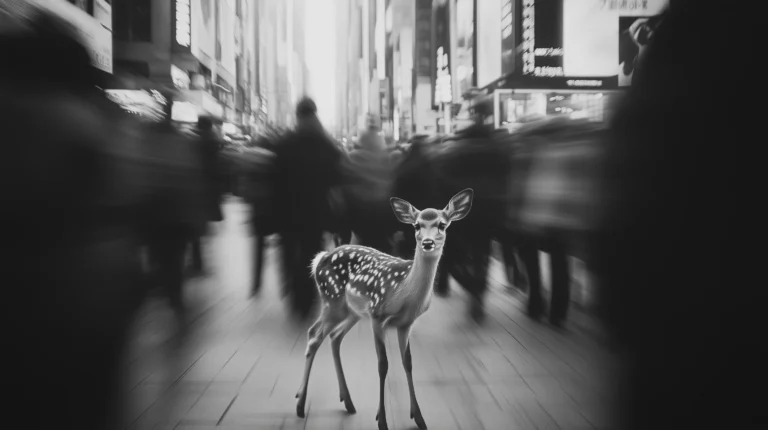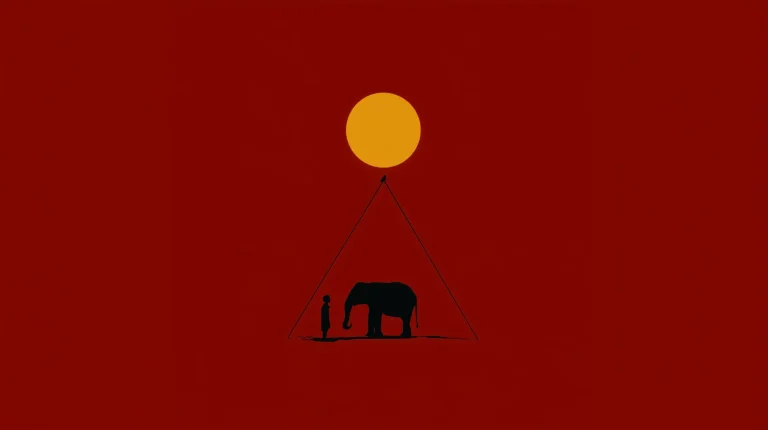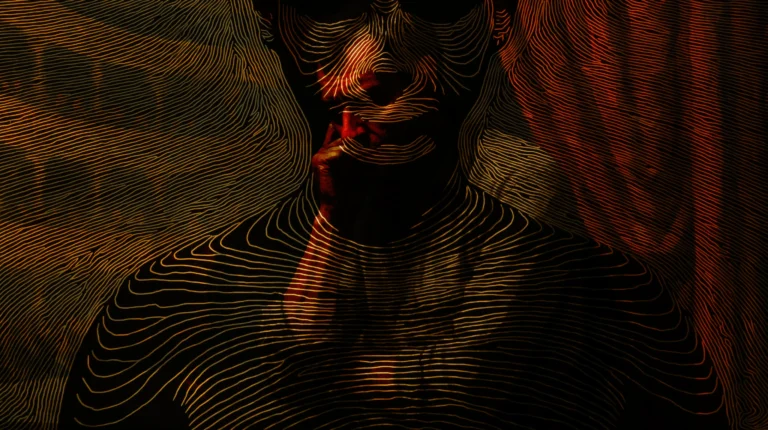Journey Within: Active Imagination in Carl Jung’s Theory
Imagine being able to tap into the depths of your unconscious mind, to communicate with it, and to bring forth its wisdom into your conscious understanding. This process, according to Swiss psychiatrist Carl Jung, is not only possible but also instrumental in personal growth. He termed it ‘Active Imagination.’ This article will explore the concept of active imagination from Jung’s perspective in a way that’s accessible for beginners.
What is Active Imagination?
Active imagination is a cognitive methodology used to bridge the gap between the conscious and the unconscious mind. It’s a state of reverie or daydreaming where you let your unconscious mind produce images or narratives and interact with them consciously.
Unlike passive daydreaming or fantasies, active imagination requires a conscious participation where the individual maintains a level of awareness and engages with the emerging images or thoughts. It’s a dialogue between the conscious ‘I’ and the inner world of the unconscious.
The Purpose of Active Imagination
Jung viewed active imagination as a crucial part of the process of individuation – his term for the lifelong journey of self-discovery and personal development. It allows an individual to access, interact with, and integrate the contents of the unconscious into conscious awareness. This process can lead to personal growth, self-understanding, and healing.
How to Practice Active Imagination
While there’s no ‘correct’ way to practice active imagination, as the process is unique to each individual, the following steps provide a general guideline:
1. Create a Calm Environment: Begin by finding a quiet place where you won’t be disturbed. Sit comfortably and close your eyes.
2. Enter a Meditative State: Use techniques such as deep breathing or progressive muscle relaxation to reach a relaxed yet alert state.
3. Invite Your Unconscious: Once relaxed, invite images, feelings, or thoughts to emerge from your unconscious. Remain open and receptive, without trying to control or judge what comes up.
4. Engage with the Images: Once an image or idea surfaces, engage with it. This might involve having a conversation with a figure that appears, moving through a landscape, or even interacting with an object.
5. Maintain a Dialogue: Keep the dialogue between your conscious self and the image or idea. Ask questions, express your thoughts, and be receptive to any responses.
6. Remember or Record the Experience: After the session, write down or draw what you experienced. Recording your experience helps you remember and integrate it into your conscious understanding.
Active Imagination and Personal Growth
By engaging with your unconscious through active imagination, you can gain insight into your inner conflicts, fears, desires, and potentials. It provides a safe space to confront difficult or ignored aspects of your personality and promotes a deeper understanding of your true self.
Remember, active imagination isn’t about forcing insights or creating desired scenarios. It’s a process of unfolding, where the unconscious reveals what it wills, not what the ego desires.
Conclusion
Active imagination offers a powerful tool for self-exploration and personal growth, enabling a dialogue between the conscious and unconscious aspects of the mind. It encourages a journey into the depths of the inner self, fostering greater self-awareness and facilitating the integration of unconscious material. Through active imagination, we can begin to navigate the complex landscapes of our psyche, uncovering the hidden treasures that reside within.







